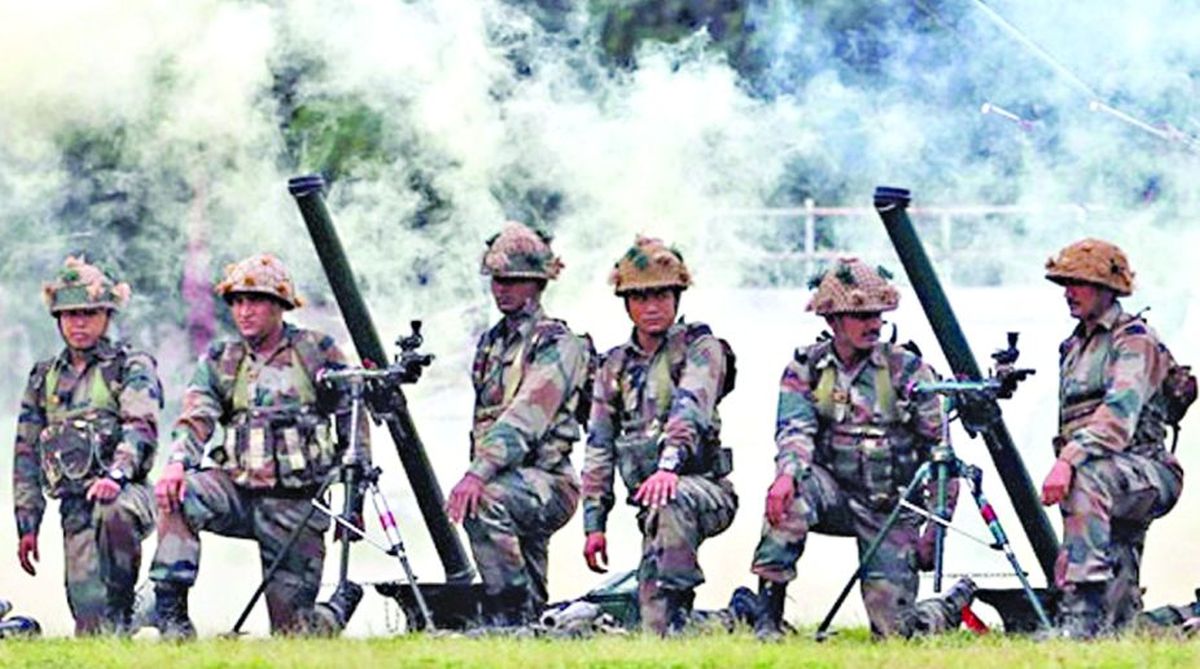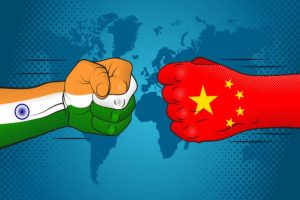A recent conference at Army HQs discussed the restructuring of the force. Few have termed it as a transformation exercise. Transformation would only flow from a realignment of objectives, roles and tasks, none of which appears to have been announced till date. None is likely to be announced as neither the defence ministry nor the HQ Integrated Defence Staff (IDS) can do so. The ministry because it remains incapacitated, staffed by bureaucrats who have little or no knowledge of matters military, nor the IDS as it lacks requisite teeth.
Transformation aimed at enhancing joint capabilities to handle future challenges is still miles away as there is no single body which can evolve a common strategic approach, involving all three services for future warfare, as there is no Chief of Defence Staff in place. Thus, while the military desperately needs transformation, it can presently only plan restructuring at individual service levels.
Advertisement
Reports talk about the army seeking to curtail its manpower, while embracing technology as the prime mover. Figures are quoted; however these may undergo change. It is also seeking to amalgamate some directorates while moving a few away from Delhi, thus pruning its over-filled HQs. In an oft-repeated statement, restructuring of the uniform alone would never give the desired savings.
It is a known fact that 55 per cent of defence pensions are meant for armed forces veterans, who make up 78 per cent of the pensioners under the ministry. The balance 45 per cent of pensions cater to 22 per cent civilians paid from the defence budget. A reasonable part of the revenue section of the defence budget would also be catering to the daily requirements of this large non-military community. This 45 per cent of pension can be easily reduced.
In all, the MoD has under it 650,000 civilian employees to support the armed forces of 1.4 million. It is not that they need to be discarded but must be pared to the minimum.
Fearing union pressure, the government has hesitated to carry out the right reforms, banking on the army doing its own as the government continues to reduce its budget. The army moving forward is restructuring itself thus seeking more funds for modernization. Other defence ministry departments remain mired in history, even creating additional vacancies which are justified by the MoD. Cutting these jobs down would be a pipe dream.
Improved equipment profile and changing strategic and operational considerations would have been the precursor for the army to undertake restructuring. It may be considering specific organization structures for varying nature of operations in different terrains, rather than a common organisational structure across the board as exists today which in a manner may be outdated.
In a rather odd case, it is even considering the relocation of the Rashtriya Rifles HQs to J and K, an action which was implemented in 1999 and then reversed as it led to duality of command. In such cases, views of veterans who operated in the valley during that period may be invaluable.
There is no doubt that neither the chief, nor his group of advisors who head respective committees can take final decisions on restructuring. The collegium, comprising of the army commanders and other senior staff officers, many strong in their views, would need to be completely on board. Thus, the recently held conference was possibly only a precursor to more intense discussions across the spectrum as views are taken and options and suggestions reconsidered. While they may be broadly in agreement, yet the ultimate solution may only see the light of day months ahead, after multiple sittings of the collegium.
While organisational restructuring moves forward there are other administrative issues which need equally serious deliberation. These concern the morale of the fighting force. They include release of Non- Functional Upgradation (NFU) which is being fought tooth and nail by the government in the apex court, recommencement of entitled rations and enhancing career prospects by faster promotions and reduced rank structures resulting in an improved civil-military equation.
The army released a statement mentioning that enhancement of salaries or allowances like NFU would not change the existing civil-military rank structure as equations for rank equality have been separately laid down. These are not linked to pay or allowances, but badges of rank. Surprisingly, these are at variance from the ‘order of precedence’ issued by the government. Hence, it seeks to reduce the number of ranks for a better equation.
Thus, the army should be considering its reorganisation under two separate prongs, both moving forward simultaneously. The first is the operational necessity and the second is the administrative requirement. The operational would cater for enhancing the capability and capacity of the service as also enhancing funds for modernisation, while the administrative would result in enhancing morale across the officer cadre.
Most decisions under the administrative head would be beyond the purview of Army HQs but would need to be strongly pushed with the government. With a majority of the officers in the service being of the rank of colonel and below, the second pillar would be more eagerly awaited.
While the army is undertaking its exercise, the MoD should set up its own committee to restructure the tail which it supports. It is equally responsible to reduce its own staff across its spectrum, thus doing its share to enhance the availability of the increased budget.
Veterans and military thinkers who have begun to question the need for restructuring need to be patient. The present is only the commencement of a long and tedious procedure, the results of which would only be visible months down the line, after analysis across a wide spectrum. They need to trust the collegium which comprises of the best that the service has at present in terms of experience and capability.
The decisions taken would involve enhancing army capability, catering for enhanced funds for modernisation as also hopefully meeting the aspirations of the rank and file. The planned restructuring would not be something from the blue. It would have been attempted somewhere in the world earlier; modifying it for the Indian army is the key.
The writer is a retired Major-General of the Indian Army.











